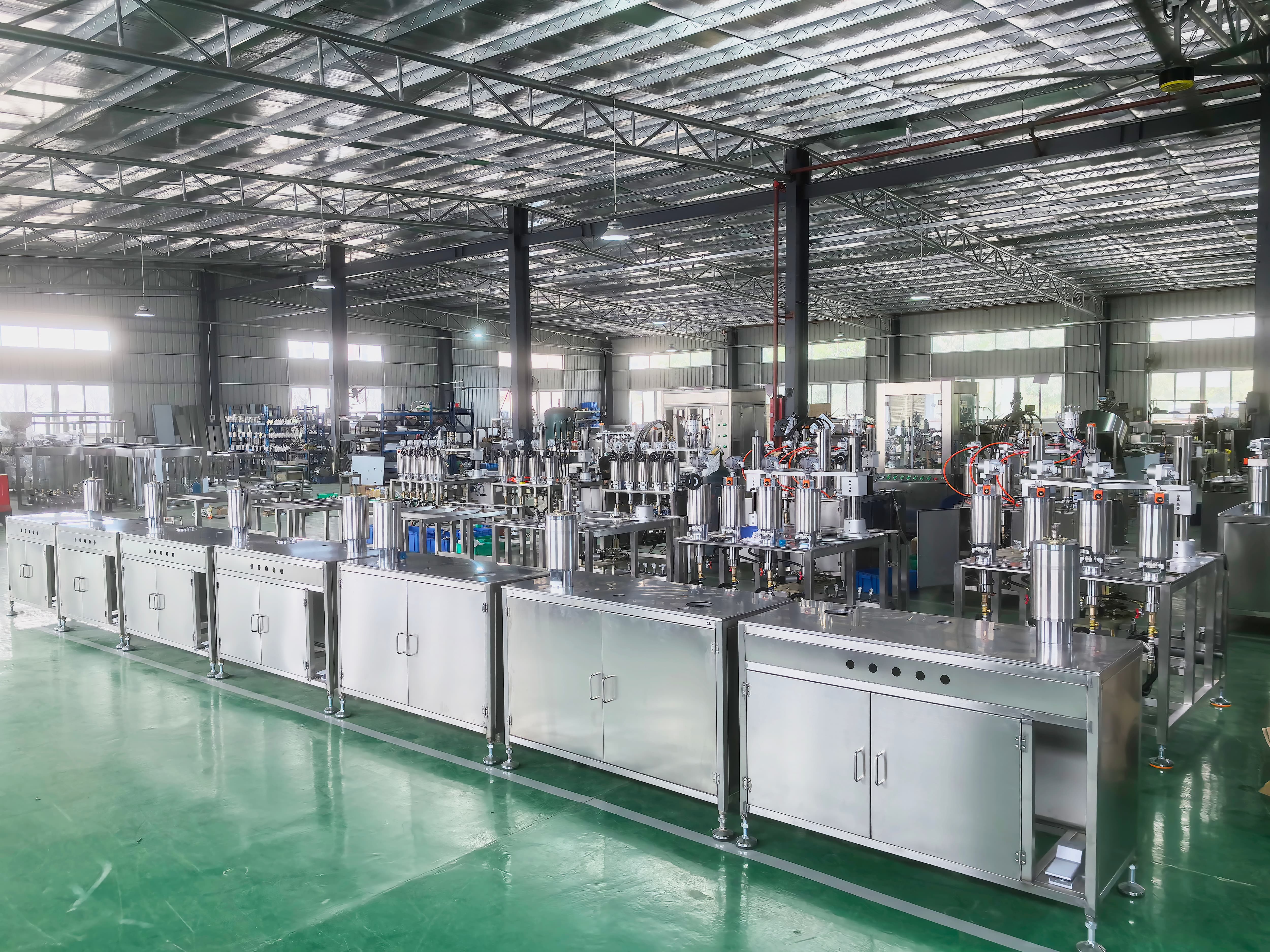
Manual filling machines play a crucial role in small-scale production and entrepreneurial ventures, serving as essential tools for efficient operations due to their unique practicality and cost-effectiveness. For budget-conscious small businesses, home workshops, or startup brands, manual filling machines offer a power-free, simple-to-operate, and low-cost filling solution that significantly lowers entry barriers and daily operational expenses. Simultaneously, they ensure precise filling volume per bottle through mechanical accuracy, eliminating common issues of overfilling or underfilling associated with manual handling. This conserves raw materials while guaranteeing product consistency, helping establish a professional brand image.
Another significant advantage lies in their broad applicability. Whether handling low-viscosity liquids like water or vinegar, medium-viscosity substances such as oils, sauces, or lotions, or even high-viscosity materials like honey or pastes, manual filling machines deliver stable performance. This flexibility makes it particularly suitable for small-scale enterprises producing diverse products, such as food processing, cosmetics manufacturing, and chemical repackaging. Furthermore, it aligns well with “handmade” and “small-batch” production models, allowing operators to actively participate in and monitor every step. This approach maintains the characteristics of boutique production while enhancing efficiency.
Thanks to its compact structure and lightweight design, the manual filling machine offers exceptional portability. It can be easily set up in various work environments—be it a home kitchen, small workshop, or market stall—enabling rapid deployment and production start-up. In summary, manual filling machines transcend mere utility as essential tools for small and micro enterprises embarking on standardized, scaled production. By balancing cost, functionality, and flexibility, they lay a solid foundation for users to further enhance their production capabilities.
